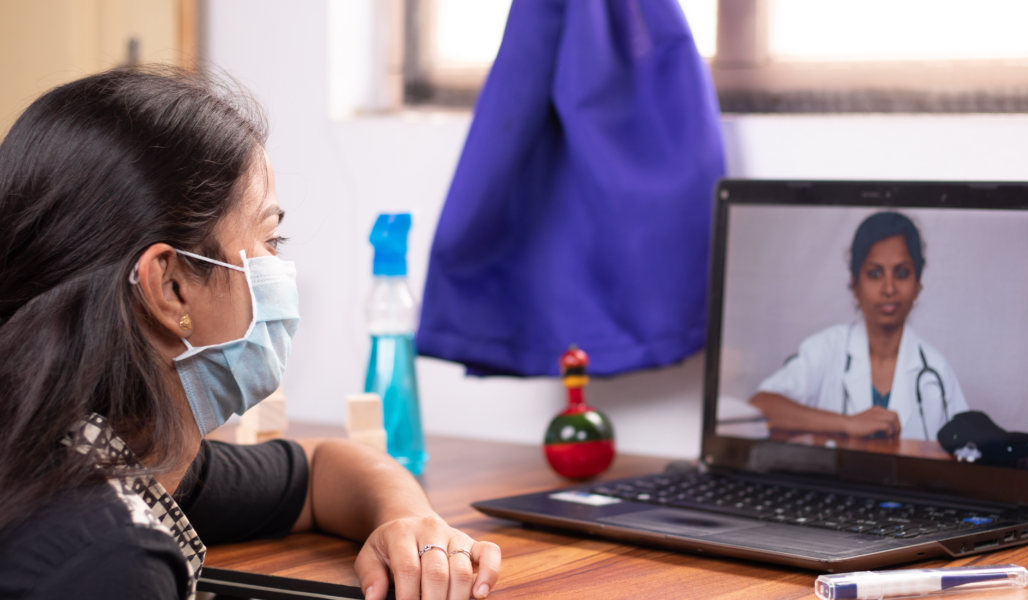
Executive Takes It Upon Herself to Bring Telehealth Technology to Patients’ Homes
Rewind the clock to Spring 2020, and you’ll recall the nearly minute-by-minute media coverage about the emerging COVID-19 pandemic. Besides tracking the number of cases and deaths as well as releasing information about the virus itself, the shortage of personal protective equipment (PPE) around the globe constantly made the headlines.
“Our healthcare facility was struggling at that time along with the rest of the world,” recalls Rita Jones, chief executive officer at Dundy County Hospital in southwest Nebraska. Dundy County Hospital works with the state’s Office of Rural Health, which has participated in the Great Plains Telehealth Resource & Assistance Center (gpTRAC) for years. “Some of the staff in our family practice were quite fearful at the beginning. We even had one individual quit without giving notice.”
Ramping Up Telehealth Visits
Like many other healthcare providers, Dundy County Hospital’s family practice clinic began offering virtual appointments to minimize contact and keep both staff and patients as safe as possible.
Using a system called InTouch and Zoom, the clinic was able to connect its providers with patients in their own homes through the internet on computers, iPads, or smartphones.
“When a patient called in for an appointment, our staff would talk with them about what kind of appointment they wanted,” Jones said. “Did they feel safe coming into the clinic? If not, we offered them a telehealth visit that could be done virtually.”
However, for a handful of local patients, telehealth visits were not an option because they did not have the technology or connectivity available in their homes. Jones wanted to find a way to provide them with the healthcare they needed.
Doing It Herself
Jones felt strongly that Dundy County Hospital’s clinic should bring telehealth services to those who were not technologically savvy enough to manage on their own. She presented the idea to the family practice staff, reminding them that they not only had the PPE gear they needed but were trained in how to use it all to keep themselves safe.
“The staff was too fearful during the beginning of the pandemic to go into patients’ homes,” Jones said. “I thought to myself that I’m still a card-carrying LPN (licensed practical nurse). If no one else would go, then I would.”
If patients seeking an appointment were concerned about coming into the clinic and did not have the technology to participate in a telehealth appointment on their own, the clinic offered to send out a nurse with the needed equipment to their homes.
“I simply showed up at the patient’s home with a small Dell computer and connected with the doctor via a wifi hotspot,” Jones said. “I’d conduct our typical medication review, take vital signs and facilitate the visit. For example, one patient had a rash on her back, so I got the lighting and camera positioned so the doctor could conduct the examination virtually.
“Sometimes when our appointment was done, the patients would ask me to help them with moving a piece of furniture or something as well,” Jones recalled. “Since I was there, I was happy to help. When I was done, I’d take all the equipment and sanitize it before bringing it back to the hospital. The patients were grateful for the help with the virtual appointment.”
Although Jones only made about five or so of these types of visits at the beginning of the pandemic, they helped her community and staff get through the initial wave of fear and guide them to better manage the “new normal” of COVID-19 and telehealth solutions.
